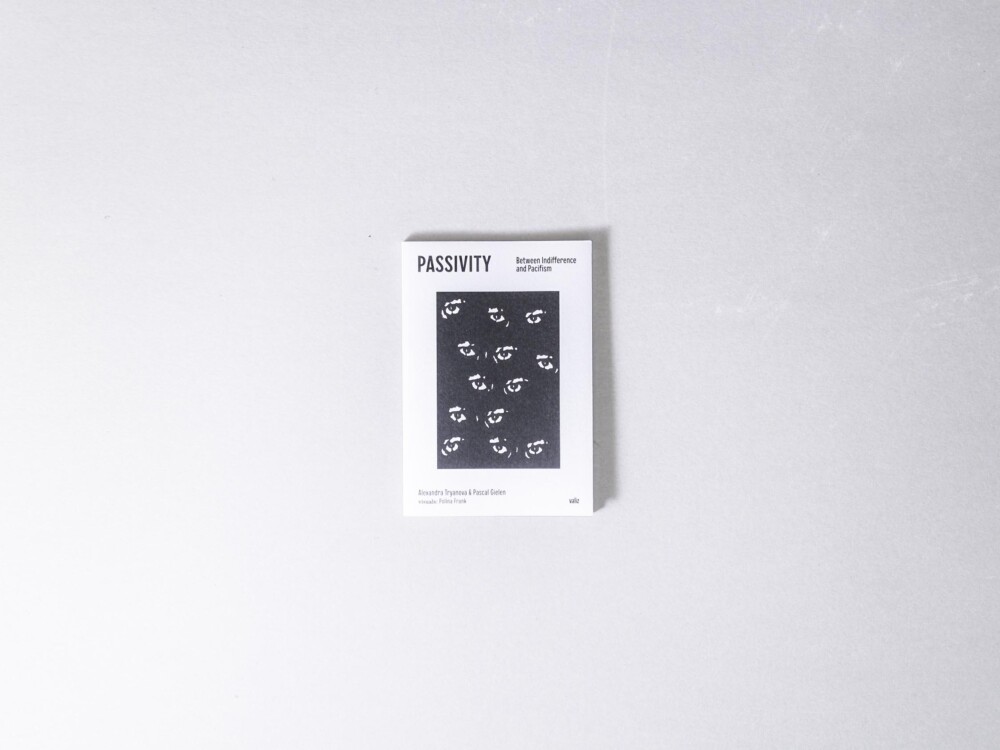The Architecture of Loneliness
22,50€
The three essays in this book each explore a side of loneliness, strongly connected to the encounter with the other. South-African psychologist Wahbie Long lays out what kind of relationships to the outside world emerge from childhood experiences of playing and relating to others. He dives into the difficulty of not only encountering, but finding others. Long brings together a great many aspects that all contribute to the feeling of loneliness that characterizes the lives of migrants, asylum seekers, or refugees on the road. French philosopher Marie-José Mondzain uses the metaphor of architecture with its terms as threshold, doors, walls, windows, a bench in front of the frontal wall; elements that construct ‘home’, the architectural and emotional place where encounters can happen, where ‘strangers’ should be welcomed and trusted. French psychoanalyst Lysiane Lamantowicz discusses a form of loneliness that we see all around us: the consequences of social networks on the internet. Although it seems that we are part of a crowd, that we have many ‘friends’, we are in reality alone in front of a computer screen. What is the effect on how people can still relate to the intricacies of real life?


















